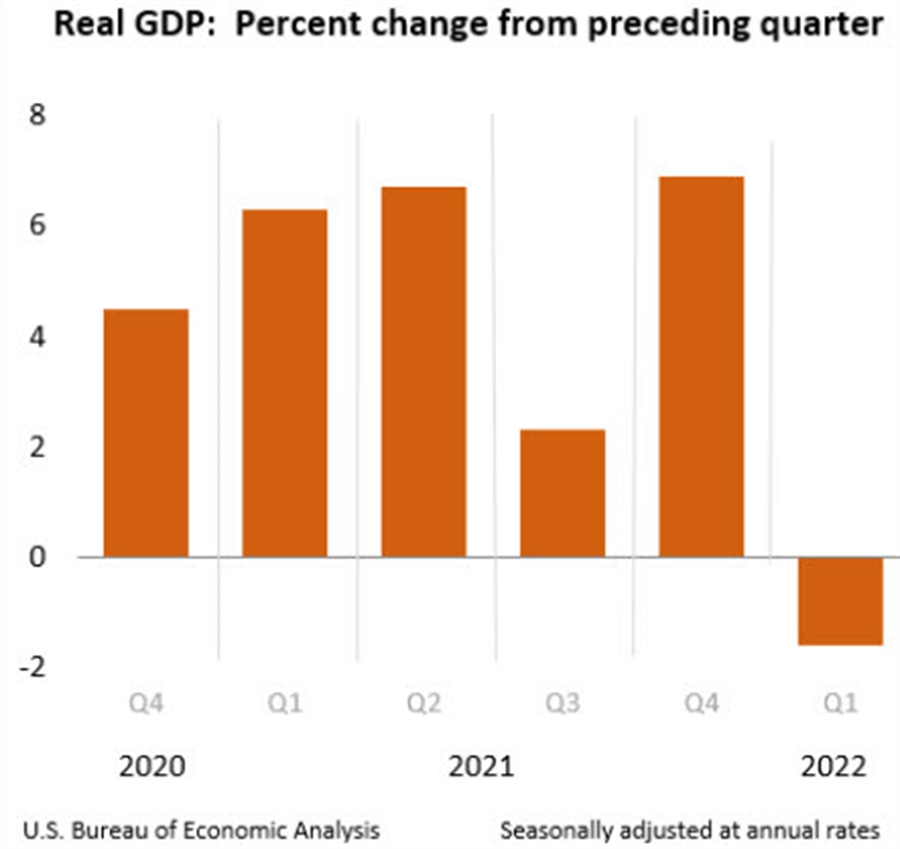When I think about today’s GDP report, the implications are probably larger in politics than in markets. It could mean a second consecutive quarter of negative real growth in the US, which fits the definition of a recession. At the same time, the NBER — who is for some reason the arbiter of recessions in the US — has always had a different, more flexible.
As for Powell, he said yesterday the Fed didn’t have access to the Q2 GDP report and didn’t think the US was in a recession in any case, noting 2.6 million jobs created in H1.
“I do not think the U.S. is currently in a recession. And the reason is,
there are just too many areas of the economy that are—that are
performing, you know, too well,” he said.
“What a recession really is, it’s a broad-based decline across many
industries that—you know, that sustain for more than a couple of months.
And there are a bunch of specific tests. And it doesn’t—this
doesn’t seem like that now. What we have right now doesn’t seem like
that. And the real reason is that the labor market is just sending such a
strong signal of economic strength that it makes you really question
the GDP data,” he said.
The consensus is +0.5% but many have their eye on the Atlanta Fed’s tracker at -1.2%, which has a decent track record and was correct about softness in Q1.
Estimates range from -2.1% to +2.0% with some noting that yesterday’s data added a positive bias to the report, particularly in inventories. For the market though, whether inventories built in Q2 or Q3 is immaterial. Instead, there will be focus on things like the strength of the consumer and any components that are forward looking.
Notably, a big part of the data that matters is on the inflation side. Remember, this is real growth. So if inflation is running at 9.1%, then the economy needs to grow more than 9.1% to show real growth. The deflator in this report is 7.9% annualized.
We will also get US initial jobless claims and Canadian average weekly earnings at the same time.
